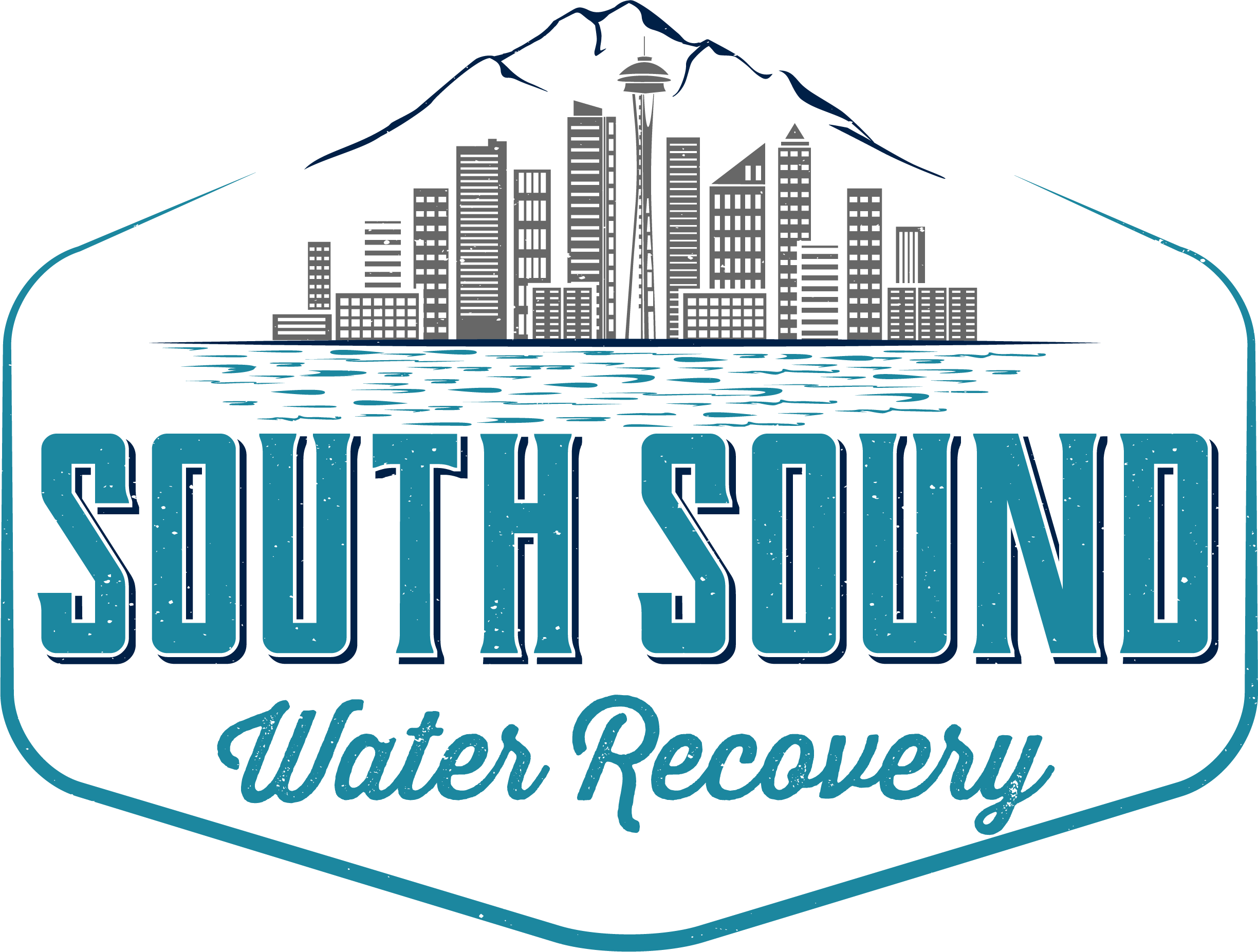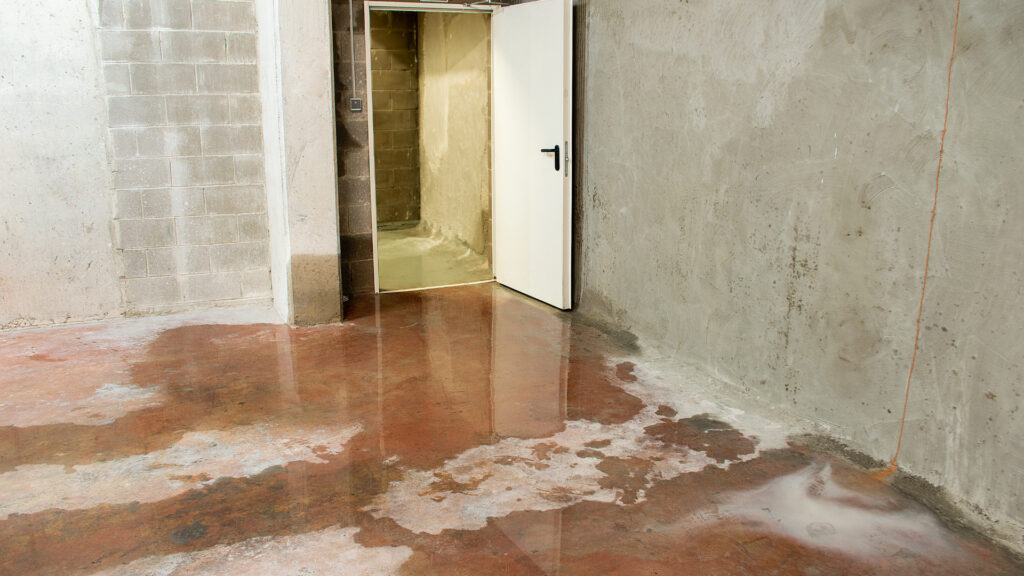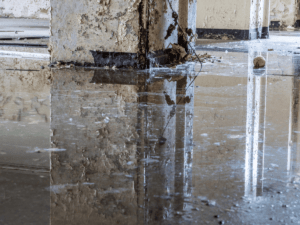Tips to Save Your Home Before It’s Too Late!
A home is more than just a structure of bricks and beams—it’s a testament to our lives, our values, and the memories we’ve built within its walls. Ensuring that it remains in prime condition is not just about maintaining its aesthetic appeal but also about ensuring the safety, health, and overall well-being of its inhabitants. It’s about the pride of being a homeowner, enjoying the comforts, and ensuring that the house stands the test of time.
Yet, even the most attentive homeowner might miss certain issues that often remain concealed, slowly eroding the foundation of our precious homes. One such clandestine culprit is water damage lurking beneath the floorboards. It can silently cause havoc, from structural deterioration to health risks, all the while remaining out of plain sight.
The Hidden Menace: Why Water Damage Under Floor Matters
In the bustling routine of our daily lives, it’s often the invisible threats that pose the most significant challenges. One such hidden menace homeowners face is the water damage under the floor. While it might be concealed from the naked eye for a time, its effects can be profound and far-reaching. Let’s delve deeper into why addressing this issue is of paramount importance:
1. Impact on the Home’s Structural Integrity:
Water, despite its essential nature, can be a persistent adversary to our homes. Continuous exposure to moisture can weaken floor joists, erode the adhesives binding the flooring, and compromise the overall structural foundation. Over time, untreated water damage can lead to sagging floors, cracks in walls, and, in extreme cases, structural failure. It’s not just about maintaining the beauty of your home but ensuring its very stability.
2. Potential Health Risks from Mold and Mildew:
Where water lingers, mold and mildew aren’t far behind. These fungi thrive in damp environments and can quickly colonize under wet floors. The implications for health are substantial. Mold spores, when inhaled, can trigger allergies, exacerbate respiratory problems, and, in certain species, produce toxic compounds known as mycotoxins. The health and well-being of your family are at stake with unchecked water damage.
3. Depreciation in Property Value:
A home is not just a living space but also a significant financial investment. Water damage, especially when it goes untreated, can drastically reduce a property’s market value. Potential buyers, equipped with thorough home inspections, are likely to be deterred by the presence of water damage or the resulting mold. Addressing these issues promptly safeguards not only your home’s structural and aesthetic appeal but also its monetary worth in the real estate market.
Common Causes of Water Damage Under Floors
While the manifestation of water damage under the floors can be consistent—discoloration, buckling, or mold growth—the root causes can vary widely. As homeowners, understanding these origins can equip us to prevent them or address them at their onset. Let’s delve into the most frequent culprits causing this stealthy form of havoc:
1. Leaky Pipes and Plumbing Issues:
The intricate web of pipes running beneath our homes is vital for our daily routines. But even the smallest leak, often undetectable in its early stages, can result in accumulated moisture under the floors. Such issues might stem from age-related wear and tear, sudden pipe bursts, or faulty installations. Regular plumbing checks can help catch these leaks before they escalate into larger, more damaging problems.
2. Flooding or Standing Water Issues:
Natural disasters like heavy rainfalls or flash floods can be a homeowner’s nightmare. Water can seep into the foundations, leading to saturated floors. However, it’s not just the dramatic weather events; poor drainage, clogged gutters, or even landscaping that directs water towards the home can lead to standing water problems, gradually affecting the floor from below.
3. Appliance Spills or Overflows:
Modern homes are filled with appliances designed for our convenience, but they can sometimes be the very source of our troubles. A malfunctioning washing machine or a dishwasher might overflow, releasing a significant amount of water. If not addressed promptly, this water can find its way beneath the floor, initiating the slow process of damage.
4. Roof or Ceiling Leaks Seeping Downwards:
Water has a knack for finding its way into the smallest of openings. A compromised roof or ceiling can allow water ingress, which, over time, trickles down to the lower levels of the home. While the first signs might be a stained ceiling, the prolonged exposure can lead to moisture accumulating under the floor.
Telltale Signs of Water Damage
Every homeowner should be equipped with the ability to identify issues before they escalate into larger, more costly problems. When it comes to water damage beneath the floors, the signals might not be as overt as a pool of water. Instead, they manifest subtly, urging a keen observance. Here are the telltale signs that might indicate water damage lurking beneath:
1. Discoloration or Dark Spots on the Floor:
Often the first and most visible sign, discoloration can appear as darkened patches, streaks, or spots on the floor. While occasional spills might cause temporary color changes, persistent or spreading dark areas might be an indicator of moisture trapped below, slowly altering the floor’s appearance.
2. Warped or Buckled Flooring:
Water, when it accumulates over time, can affect the natural state of your flooring material. Hardwood might curl at the edges, tiles may loosen, and laminates can bubble up. If you notice any irregularities in the flatness or alignment of your floor, it’s a strong indication of underlying water damage.
3. Unpleasant or Musty Odors:
Trust your nose; it’s often the first to alert you. Moist environments become breeding grounds for bacteria, leading to a distinct, musty smell. If you walk into a room and are greeted by an unfamiliar dampness in the air, it might be time to inspect for hidden water damage.
4. Mold or Mildew Presence:
A more severe sign, the presence of mold or mildew, indicates prolonged exposure to moisture. While it might first appear as tiny specks, if left unchecked, it can proliferate into larger, more visible colonies. Aside from being a clear sign of water damage, mold poses significant health risks, making its timely identification and removal crucial.
5. Unexplained Increase in Utility Bills:
Sometimes, the signs aren’t visible but financial. An unexpected spike in your water bill might be indicating a leak somewhere in your plumbing system. While the leak might be anywhere, the floors are often a silent victim, absorbing the brunt of the leakage.
Proactive Steps for Prevention
While it’s crucial to know the signs of water damage, the adage “prevention is better than cure” rings especially true in this context. Nipping the issue in the bud saves homeowners both heartache and financial strain. Here are proactive measures every homeowner can take to fortify their home against potential water damage:
1. Regular Inspection of Plumbing and Appliances:
Much of the water damage stems from small, unnoticed leaks. By scheduling routine checks of plumbing lines, faucets, and connections, you can catch any budding issues. Additionally, ensure that appliances like washing machines, dishwashers, and water heaters are in good working order, checking for any signs of wear, tear, or malfunction.
2. Proper Home Insulation:
A well-insulated home is your first line of defense against external water intrusion. Ensure that your home’s walls, roof, and foundations are adequately insulated, preventing any seepage during heavy rains or snow melts. Pay particular attention to areas like basements or crawl spaces, which are more susceptible to moisture.
3. Promptly Addressing Any Visible Water Damage or Spills:
Accidents happen—spills, overflows, or minor leaks. However, the key is in the response. Address any visible water damage immediately. Clean up spills thoroughly, ensuring no residual moisture remains. For more significant issues, consider seeking professional help to ensure complete water extraction and drying.
4. Installing Water Sensors or Alarms:
In this age of technology, let smart devices lend a hand in safeguarding your home. Water sensors or alarms can be strategically placed near potential leak sources, like under sinks or close to appliances. These devices alert homeowners the moment moisture levels rise beyond the norm, allowing for immediate action and potentially averting more extensive damage.
What to Do When You Spot Signs of Damage
It’s an unsettling moment when you identify those telltale signs pointing to water damage. However, with a calm approach and informed action, you can mitigate the situation effectively. Here’s what you should consider doing:
1. Immediate Steps to Take:
- Switch Off the Main Water Supply: If you suspect a leak, the first order of business should be to shut off the main water valve to prevent further damage.
- Identify the Source: Try to trace the origin of the water damage. Is it a visible leak, an overflow, or seepage?
- Document the Damage: Take clear photographs of the damaged areas. This can be invaluable, especially when dealing with insurance claims.
2. When to Call in Professionals vs. DIY Solutions:
- DIY Solutions: Minor spills or localized moisture can often be dealt with using household equipment. Dry out the area thoroughly using fans, open windows, and dehumidifiers.
- Calling Professionals: For extensive damage, mold presence, or when in doubt about the source, it’s wise to call in experts. They possess the tools and expertise to address and rectify the damage comprehensively.
3. Tips for Dealing with Insurance Claims:
- Notify Your Insurance Immediately: The sooner you get in touch with your insurance provider, the better. This ensures the claim process starts promptly.
- Maintain Documentation: Keep a detailed record of all correspondence, expenses, and reports. This aids in a smoother claims process.
- Work with Certified Professionals: If repairs are needed, choose certified contractors, as many insurance companies prefer or require this.
Conclusion
The foundation of a home isn’t just in its beams or walls but in the care and vigilance of its owner. Early detection and proactive measures against water damage play a pivotal role in preserving both the structural and sentimental value of our abodes. By understanding the potential threats and acting promptly, homeowners can keep their sanctuaries safe and sound.





